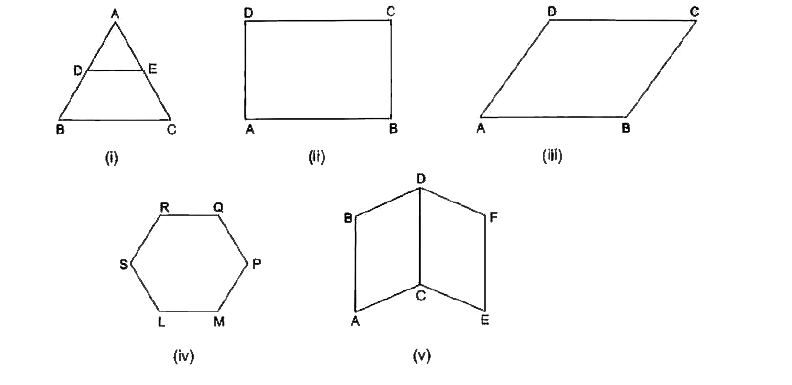Identify parallel line segments shown in Figure. Figure (ii) Figure (iii) Figure Figure (v) Figure (vi) Figure
To identify the parallel line segments shown in the figures, we will follow these steps:
1. Understand the Definitions:
- A line is a straight path that extends infinitely in both directions and has no endpoints.
- A line segment is a part of a line that has two endpoints and a fixed length.
- A ray is a part of a line that has one endpoint and extends infinitely in one direction.
2. Analyze Each Figure:
- Figure (i): Check if both sides of the line are marked with arrows. If yes, it is a line. If not, see if it has two endpoints; if it does, it is a line segment.
- Figure (ii): Look for two endpoints. If both ends are marked, it is a line segment. If the ends are not marked, it is a line.
- Figure (iii): Identify if there is one endpoint and an arrow on one side. If so, it is a ray.
- Figure (iv): Similar to figure (i), check for arrows on both sides to identify if it is a line.
- Figure (v): Again, check for two endpoints to determine if it is a line segment.
- Figure (vi): Look for arrows on both sides to confirm if it is a line.
3. Identify Parallel Line Segments:
- After analyzing all figures, identify which line segments are parallel. Parallel line segments are line segments that are always the same distance apart and will never meet, even if extended.
4. Conclusion:
- List the identified parallel line segments from the figures.
- A line is a straight path that extends infinitely in both directions and has no endpoints.
- A line segment is a part of a line that has two endpoints and a fixed length.
- A ray is a part of a line that has one endpoint and extends infinitely in one direction.
- Figure (i): Check if both sides of the line are marked with arrows. If yes, it is a line. If not, see if it has two endpoints; if it does, it is a line segment.
- Figure (ii): Look for two endpoints. If both ends are marked, it is a line segment. If the ends are not marked, it is a line.
- Figure (iii): Identify if there is one endpoint and an arrow on one side. If so, it is a ray.
- Figure (iv): Similar to figure (i), check for arrows on both sides to identify if it is a line.
- Figure (v): Again, check for two endpoints to determine if it is a line segment.
- Figure (vi): Look for arrows on both sides to confirm if it is a line.
- After analyzing all figures, identify which line segments are parallel. Parallel line segments are line segments that are always the same distance apart and will never meet, even if extended.
- List the identified parallel line segments from the figures.
Topper's Solved these Questions
Similar Questions
Knowledge Check
Identify the figure shown in figure:
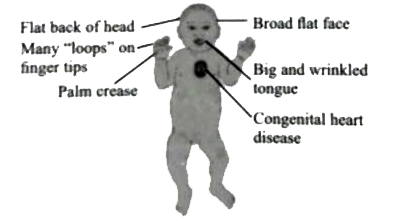 AKlinefelter's syndromeBDown's syndromeCTurner's syndromeDPhenylketonuria
AKlinefelter's syndromeBDown's syndromeCTurner's syndromeDPhenylketonuriaHow many line segments are there in the given figure?
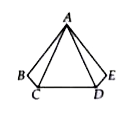 A6B7C8D9
A6B7C8D9
Identify the figures.
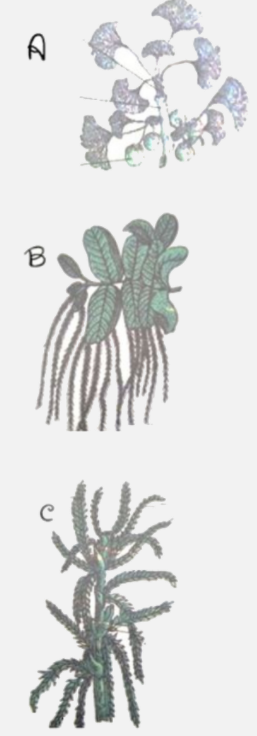
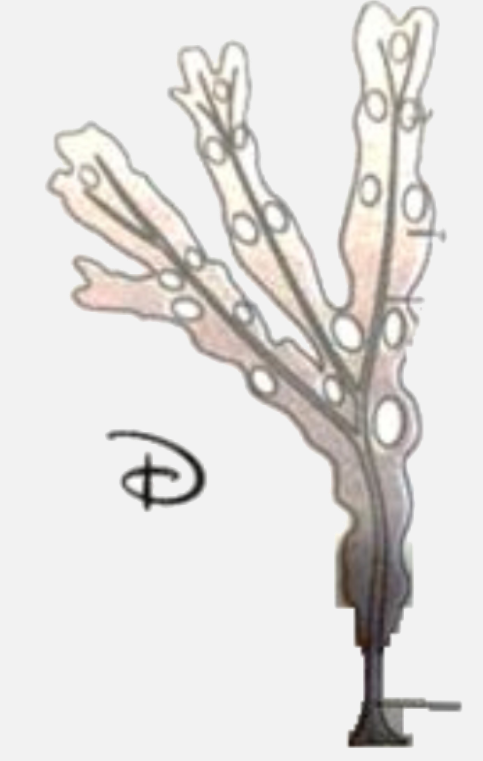
View SolutionWhich of the following are closed curves? Which of them are simple? Figure (ii) Figure (iii) Figure (iv) Figure Figure (vi) Figure (vii) Figure
View SolutionFind the perimeter of each of the following figures: Figure (ii) Figure (iii) Figure
View SolutionIdentify the process shown in figure and name it
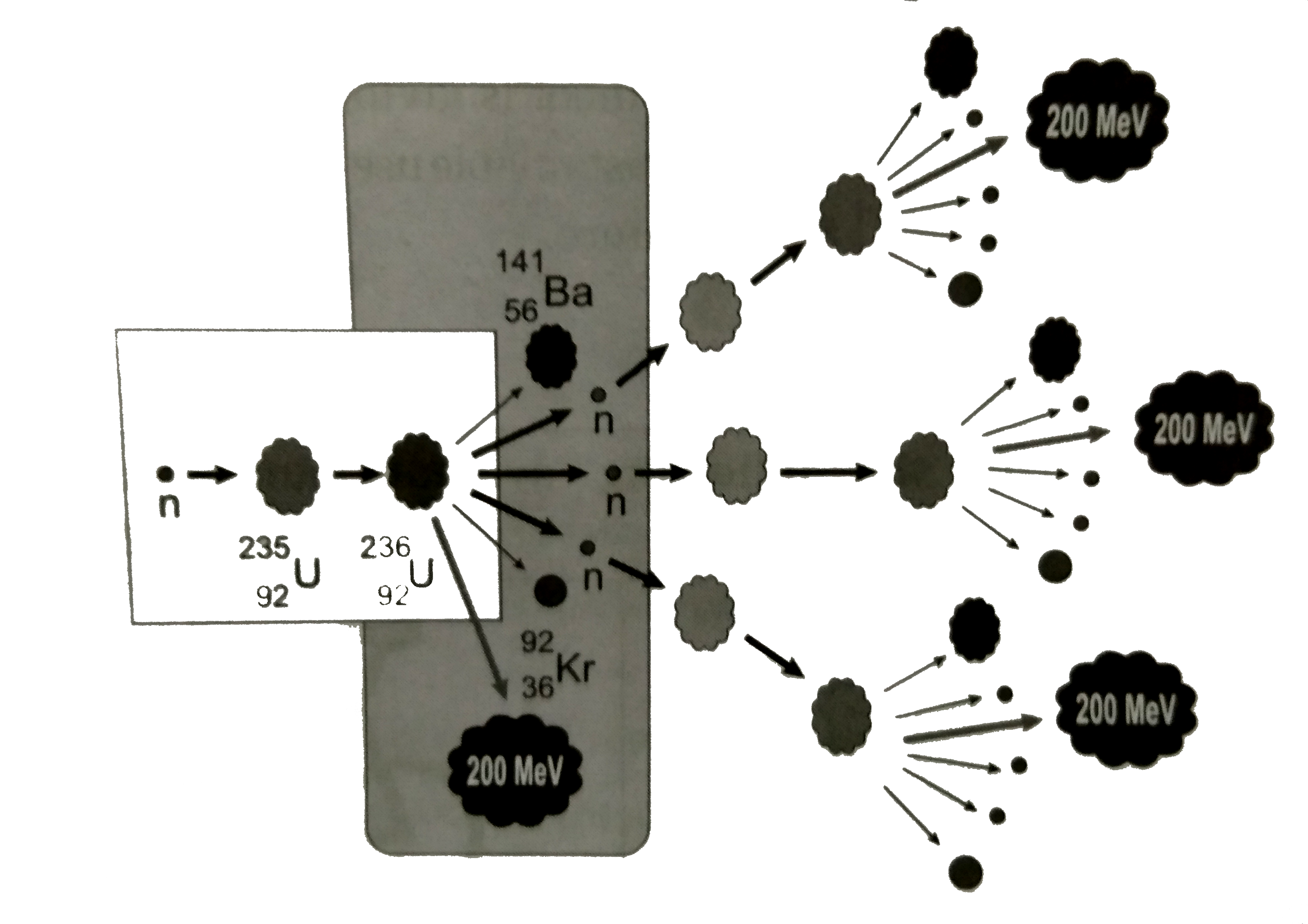
View SolutionHow many line segments are there in the given figure ?

View SolutionClassify the following curves as open or closed: Figure (ii) Figure (iii) Figure Figure (v) Figure (vi) Figure
View Solution

